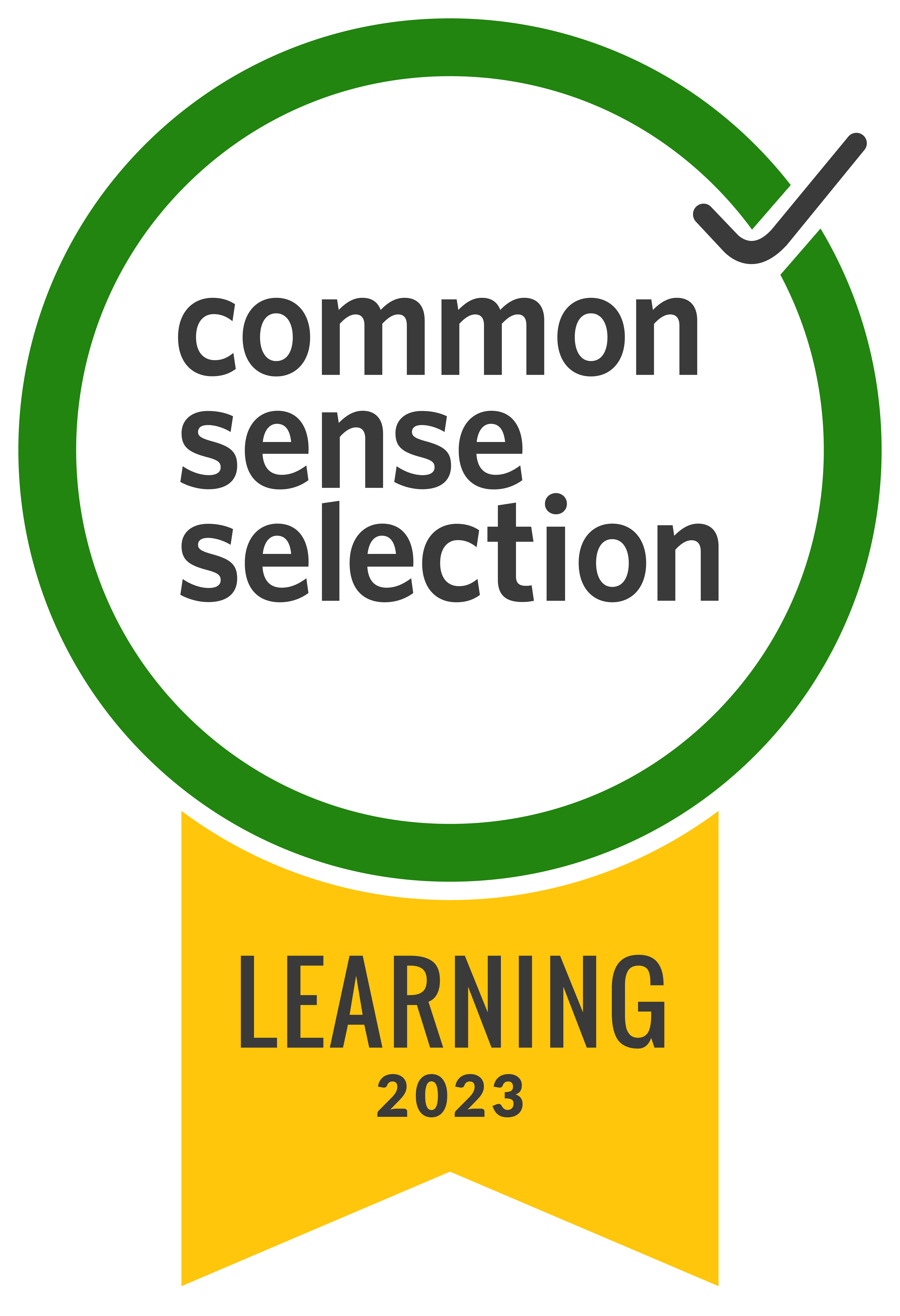The artificial intelligence education market is predicted to reach $20 billion by 2027, continuing its meteoric rise, and becoming the poster child for the K-12 education revolution.
AI in the classroom allows teachers to focus on teaching. One of the technology’s primary advantages is the opportunity for educators to enhance their impact on students and automate time-consuming tasks.
Teachers are already incorporating generative AI in lesson planning, and there is potential for AI use to help improve not only what and how educators teach, but also students’ learning outcomes.
But that’s not to say that AI in education is without its drawbacks.
AI has seen explosive growth in the past few years, and guardrails are still needed to ensure it is being used ethically, properly, and to the best of its capabilities.
While some worry that AI could stifle independent thinking or encourage cheating, more often than not it’s the opposite, actually: students want to learn and don’t see AI as a way of cheating, but as a valuable tool for the future. Rather than viewing AI as a crutch, leveraging AI to teach critical thinking and real-world applications can be increasingly beneficial to educators and students.
In our recent white paper on the topic of artificial intelligence, Peter Lannon, a senior marketing manager for leading Instructional AI platform Packback, had this to say on the topic of AI and academic dishonesty.
“It’s a common misconception with AI that people are going to use it to write their entire paper. Most students want to learn and they understand AI is the future. There is a quote ‘AI is not coming for people’s jobs, but people who know how to use AI efficiently and know how to use it properly are.’ ”

Shaping the future of ethical AI use
What’s important to note is that the current landscape presents an opportunity to shape the ethical and effective use of AI in education, as well as how we harness AI’s power. To do so means we must evaluate educational technology tools and their collective impact.
As AI technology evolves, combining AI with asynchronous video offers even greater potential for personalized education, and the ability to better analyze students’ comprehension or where additional support is needed. The dynamic combination of AI and asynchronous video opens new avenues for understanding and enhancing the learning process.
Interested in learning more about how AI and video are transforming education? Download our latest white paper, Through Another Lens here, to find out more.
.svg)






